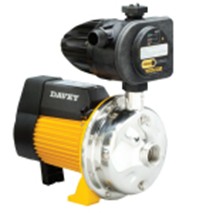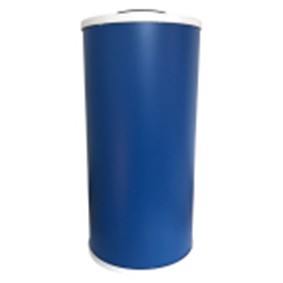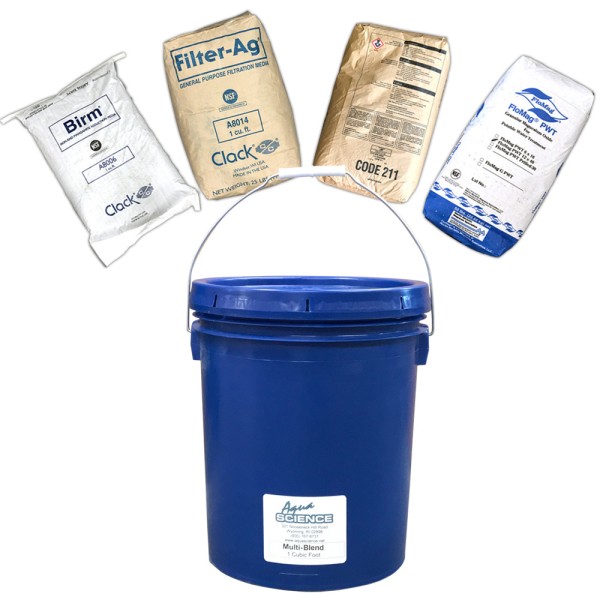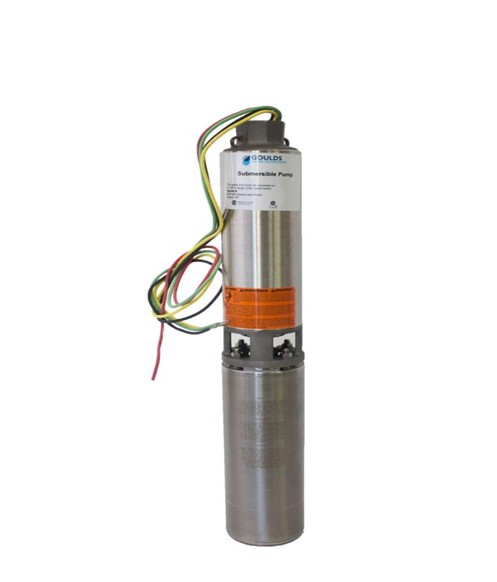
Ever noticed staining on your fixtures, foul-smelling water, or sudden equipment failures? These are not just annoying—they’re signs of poor water chemistry. Whether you manage a commercial building, run a municipal plant, or maintain a residential well system, not controlling your water’s chemical balance can lead to a chain of expensive, hazardous issues. That’s where a chemical feeder becomes your most trusted line of defense.
In this post, we will update you on the killer threats that are lurking around, and the range of positives that these feeders bring to the forefront.
The Silent Threats of Poor Water Chemistry
When water isn’t treated with the right mix of chemicals—at the right time—it begins to turn on your system. You may not see the damage immediately, but it’s working behind the scenes.
● Bacterial contamination can quickly spread, risking public health.
● Corrosion silently eats away at your pipes and pumps, reducing lifespan.
● Biofilm builds up in your distribution lines, creating a perfect home for harmful microbes.
● pH imbalances can make water aggressive or scale-forming, disrupting the entire ecosystem.
Skipping the proper chemical dosing system, benefits none in the long run. These problems don’t fix themselves—they get worse.
Chemical Feeders vs. Manual Dosing: What’s the Real Cost of Getting It Wrong?
|
Aspect
|
Chemical Feeders | Manual Dosing |
|
Dosing Accuracy
|
Precise, consistent control | Prone to human error, irregular dosage |
|
Labor Efficiency
|
Automated, minimal intervention | Requires frequent manual handling |
|
System Monitoring
|
Real-time alerts and adjustments | No built-in feedback |
|
Health & Safety
|
Controlled chemical exposure | Higher risk of chemical mishandling |
|
Long-Term Cost
|
Low due to reduced system damage | High due to repair and replacement |
Making the wrong choice isn’t just a budget issue—it’s a performance risk.
Why Precision Matters: What a Chemical Feeder Really Does
Think of a chemical feeder as your system’s autopilot for water chemistry control. It doesn’t guess. It knows. With built-in sensors, timers, and control valves, it delivers the exact chemical amount your water needs—no more, no less.
Here’s why they are a must-have:
● Constant Monitoring: They keep tabs on your water chemistry, 24/7.
● Instant Adjustments: Real-time shifts based on flow rates or quality changes.
● Less Downtime: Reduce maintenance calls and emergency shutdowns.
● Better Compliance: Meet regulatory standards effortlessly.
● Cost Efficiency: Save on chemical waste and long-term damage repairs.
With a chemical feed pump, you go beyond guesswork and gain full control over your system’s health.
Avoid the Cost of Neglect: Protect Your Investment
Still relying on a manual dosing approach? You’re gambling with:
● Regulatory fines
● Public safety risks
● Equipment failure
● Escalating service costs
The benefits of a chemical dosing system far outweigh the old-school methods. It’s about making smart, proactive choices—ones that help you stay ahead of trouble, not chase after it.
The Smart Choice for Water System Protection
Water treatment isn’t about fixing problems later. It’s about preventing them now. Whether you’re overseeing a school, a community water system, or your own home’s well setup—you need precision, safety, and reliability.
That’s exactly what Aqua Science brings to the table. With expertly engineered solutions and advanced system design, we deliver powerful water treatment systems built to serve long-term. No more trial-and-error—just dependable support that gets it right the first time.
Ready to Safeguard Your System?
Choosing automation with a chemical feeder isn’t just an upgrade—it’s peace of mind. So, ask yourself—can you really afford the risk of getting it wrong?
Act smart. Treat smarter. Your system—and your wallet—will thank you later.








Validate your login